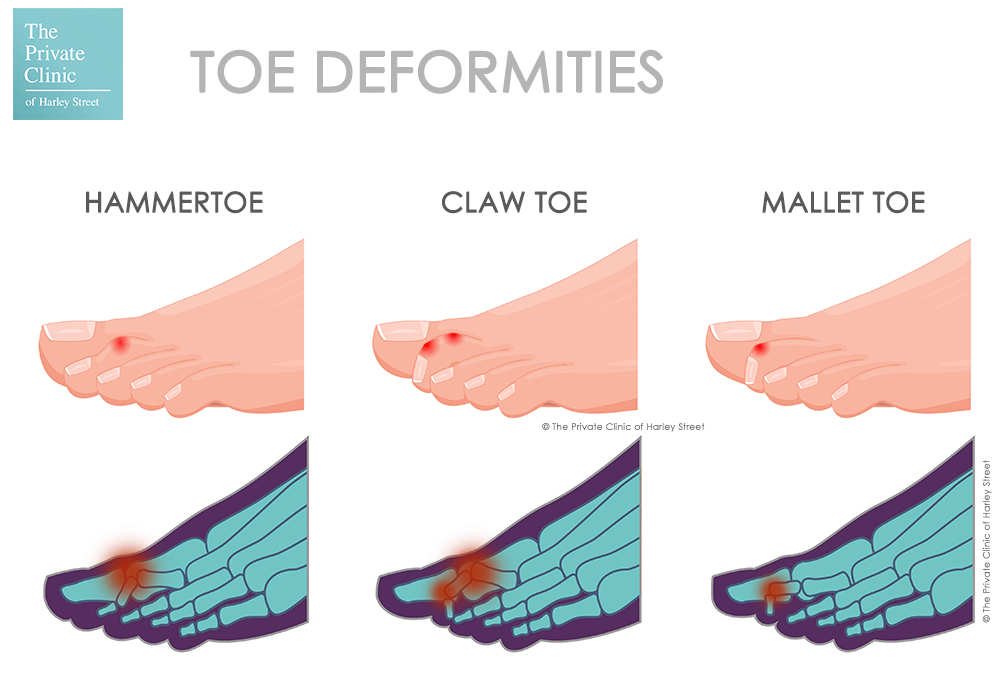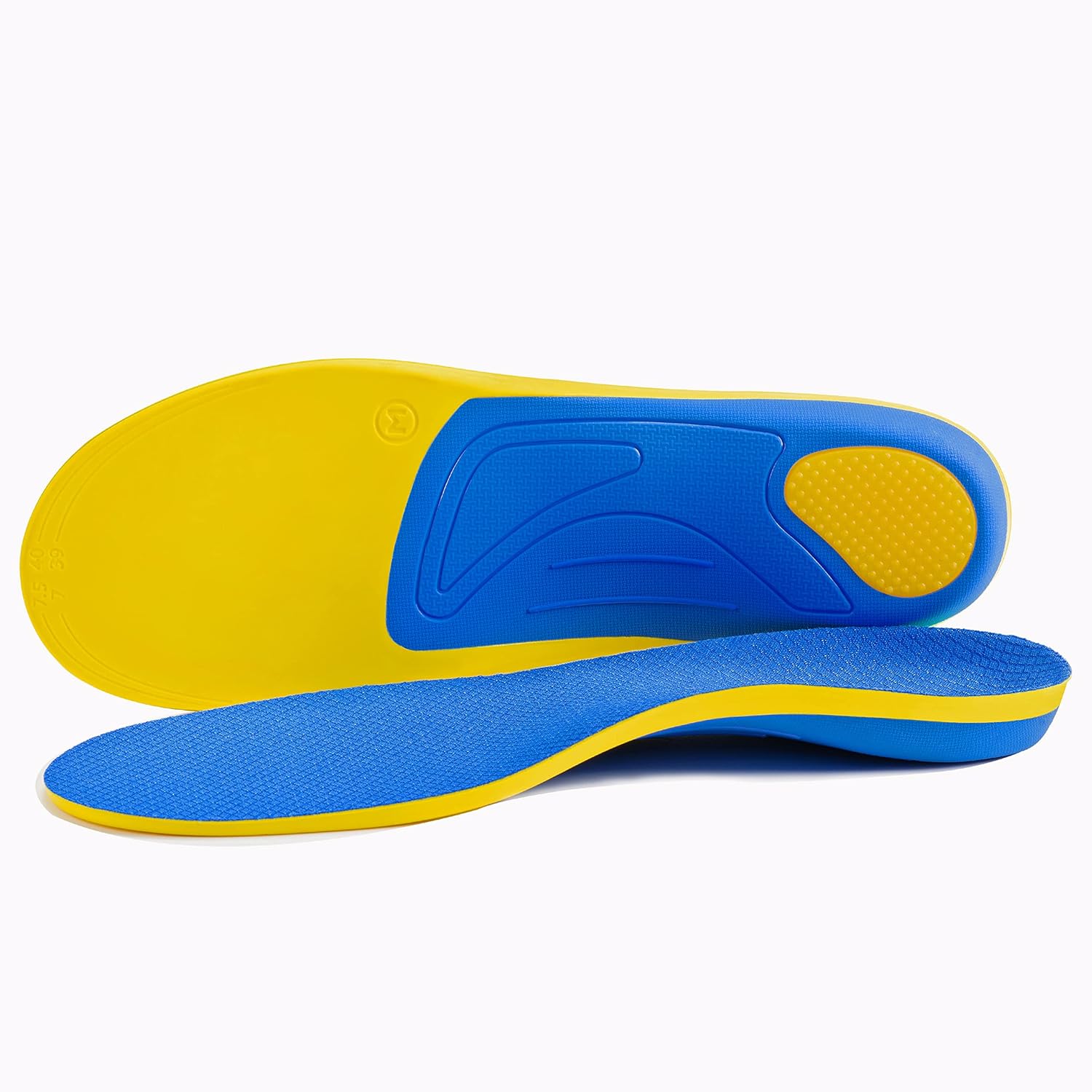Dive into our enlightening guide on Mallet Toe, offering a deep understanding of its causes, symptoms, and cutting-edge treatments. Empower yourself with knowledge and discover practical solutions for a pain-free life.

Introduction
Mallet toe is a common foot condition that affects countless individuals, yet remains surrounded by a lack of awareness and understanding. This condition can cause discomfort, pain, and difficulties in daily activities, making it essential to shed light on its causes, symptoms, treatments, and preventive measures. This article aims to provide a comprehensive overview of mallet toe, empowering individuals with the knowledge to recognize, manage, and seek appropriate care for this condition.
What is Mallet Toe?
Mallet toe is a deformity that occurs when the joint at the tip of the toe bends downwards, causing the toe’s end to dig into the ground. It most commonly affects the second toe but can occur in other toes as well. Unlike similar conditions such as hammer toe, which affects the middle joint of the toe, mallet toe specifically involves the joint closest to the nail.
Causes of Mallet Toes

The primary cause of mallet toe is an imbalance in the muscles and tendons that control toe movement. This imbalance can lead to increased pressure on the toe’s tip, forcing it into a bent position. Factors contributing to the development of mallet toe include:
Improper Footwear: Shoes that are too tight or have high heels can force toes into a cramped position, contributing to the formation of mallet toe.
Muscle and Tendon Imbalance: Changes in the foot’s anatomy or muscle strength can disrupt the balance between the structures that keep the toe straight.
Injury: Trauma to the toe, such as stubbing or breaking it, can lead to mallet toe.
Arthritis: Conditions like rheumatoid arthritis can cause changes in the foot’s joints, leading to deformities like mallet toe.
Genetics: Some people may be genetically predisposed to developing foot deformities, including mallet toe.
Symptoms
Symptoms of mallet toe can range from mild to severe and may include:
- A noticeable bend in the toe’s joint nearest to the nail
- Pain or discomfort at the tip of the toe or the top of the bent joint
- Formation of corns or calluses on the affected toe due to friction
- Difficulty in finding comfortable footwear
- Challenges with walking or performing certain activities
Diagnosis
Diagnosing mallet toe involves a comprehensive approach to ensure accurate identification and effective management of the condition. Healthcare providers begin with a detailed physical examination, observing the physical characteristics of the toe and identifying the specific joint affected by the deformity. To gain deeper insights into the structural changes in the foot, X-rays may be ordered. These images help assess the extent of the deformity, including any changes in bone structure or alignment that could influence treatment decisions.
Treatment Options

The treatment strategy for mallet toe is tailored to the individual’s specific needs, considering the severity of the deformity and the symptoms presented. The goal is to alleviate discomfort, correct the toe’s position if possible, and prevent further complications. Treatment options include:
Conservative Treatments: Initial management often involves non-invasive measures. Wearing shoes with a spacious toe box can provide the affected toes with enough room to reduce pressure. Protective pads, available over-the-counter, can cushion the toe and minimize pain caused by friction against footwear. Toe-stretching exercises are recommended to relieve pressure on the toe joint and improve flexibility.
Orthotic Devices: For those requiring additional support, custom orthotics can be beneficial. These shoe inserts are designed to redistribute foot pressure more evenly, providing relief and helping to correct the toe’s abnormal bending. Orthotics can be particularly effective for individuals with underlying foot structure issues contributing to it.
Medication: To manage pain and inflammation associated with mallet toe, healthcare providers may prescribe nonsteroidal anti-inflammatory drugs (NSAIDs). These medications can offer temporary relief, making daily activities more comfortable.
Surgery: In cases where conservative treatments do not provide sufficient relief or if the toe has become rigid, surgery may be considered. Surgical options aim to straighten the toe, which may involve cutting or repositioning bones, releasing or lengthening tendons, or fusing the affected joints. The specific procedure depends on the toe’s flexibility and the overall health of the patient.
Prevention and Management
Preventing mallet toe largely revolves around reducing known risk factors and maintaining healthy foot practices. Key preventive measures include:
Proper Footwear: Selecting shoes that fit well is crucial. Shoes should have a wide toe box, low heels, and provide adequate support. Avoiding tight, narrow, or high-heeled shoes can prevent excessive pressure on the toes.
Foot Exercises: Engaging in regular exercises that strengthen toe muscles and enhance flexibility can help maintain proper toe alignment and prevent deformities. Simple exercises, such as picking up small objects with the toes or performing toe curls, can be effective.

Foot Hygiene: Keeping feet clean and dry helps prevent conditions that could exacerbate foot deformities. Regular inspection of the feet for any signs of changes or discomfort allows for early intervention.
Managing Underlying Conditions: For individuals with diabetes or arthritis, managing these conditions effectively is essential to prevent complications like mallet toe. Regular check-ups with healthcare providers ensure that these conditions are kept under control.
| Arch Support |
| Arch Supports |
| Best Arch Support Insoles |
| Best Insole for Plantar Fasciitis |
| Insole for Flat Feet |
Frequently Asked Questions
Q: What exactly is Mallet Toe?
A: Mallet toe is a deformity where the joint closest to the toenail bends downwards, causing discomfort and affecting the toe’s appearance. It primarily impacts the second toe but can affect others.
Q: How does Mallet Toe develop?
A: It results from an imbalance in the muscles and tendons, leading to increased pressure on the toe’s tip. Factors include improper footwear, muscle and tendon imbalances, injuries, arthritis, and genetic predispositions.
Q: What are the symptoms?
A: Symptoms include a noticeable bend in the toe’s joint, pain at the toe’s tip, corns or calluses due to friction, difficulty finding comfortable shoes, and challenges with walking.
Q: How is it diagnosed and treated?
A: Diagnosis involves a physical exam and possibly X-rays. Treatment ranges from conservative measures like roomier shoes and orthotic devices to medications for pain and, in severe cases, surgery to correct the deformity.
Q: Can it be prevented?
A: While not all cases can be prevented, wearing well-fitting shoes, performing foot exercises, maintaining foot hygiene, and managing underlying health conditions can significantly reduce the risk.
Conclusion
Understanding Mallet Toe is the first step toward effective management and relief. With the right knowledge and approach, it’s possible to mitigate the discomfort associated with this condition and lead a more comfortable, active life. Whether through conservative treatments or surgical interventions, options are available to address the challenges of mallet toe. Embrace the journey with confidence, knowing that solutions exist to improve your foot health and overall well-being.










